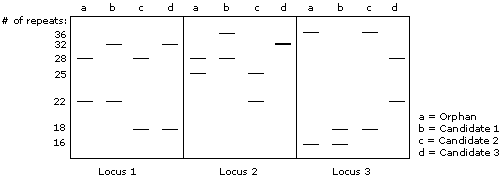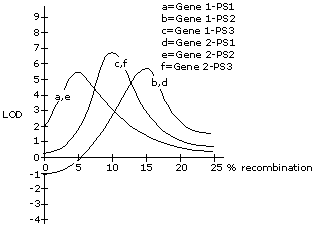| 8. |
A bacterial geneticist is working with two strains of bacteria that are genetically identical except for one location in the chromosome ("Site B")-- whereas strain #1 has the sequence 5'-GGATCC-3' at Site B, strain #2 has the sequence 5'-GAATCC-3'. GGATCC happens to be the recognition sequnce for the restriction enzyme BamHI, so the DNA from strain #1 can be cut by BamHI at Site B, while DNA from strain #2 is resistant to BamHI at Site B.
The scientist makes the following observation: if she treats strain #1 with a mutagen, about 1 out of every million mutagenized cells becomes resistant to BamHI at site B. When she treats strain #2 with the mutagen, she finds that now some cells have become sensitive to cutting by BamHI at Site B -- but only about 1 in 24 million cells have become sensitive. Explain why the frequency of the events was so different between the two treatments.
|

